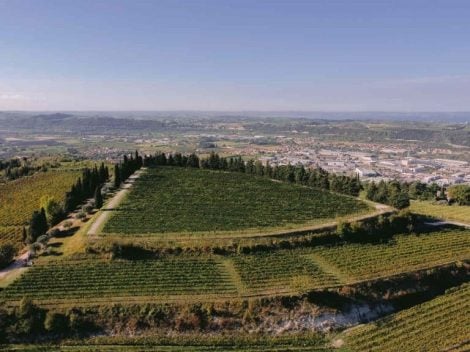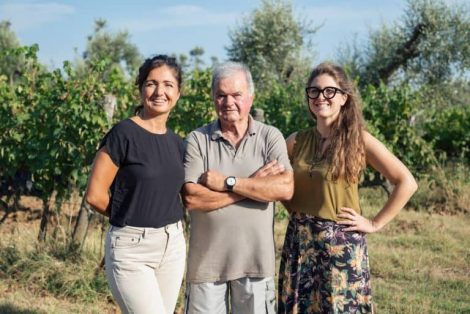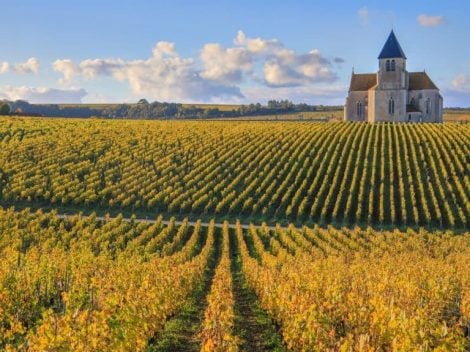The return to the countryside
It would be superfluous to speak of the rediscovered desire to return to the land shared by many Italian citizens in recent years. Complicated with the ever more frenetic pace of life – recently slowed down by the lockdown – rural life today represents a dream for many. If we add the recovery of ancient traditions and the bond with the land, this explains the current need to revive peasant practices of the past. Of course, the idea of the campaign is far from the reality of the situation: hard work, made of sacrifices and waking up at dawn. A world often depicted romantically, but one that involves effort and renunciation. Is it really possible to go back to the past? Probably not, but borrowing old habits and adapting them to modern times is possible, especially at a time when the climate crisis – and the consequent need to change habits, starting at the table – is becoming ever more urgent.
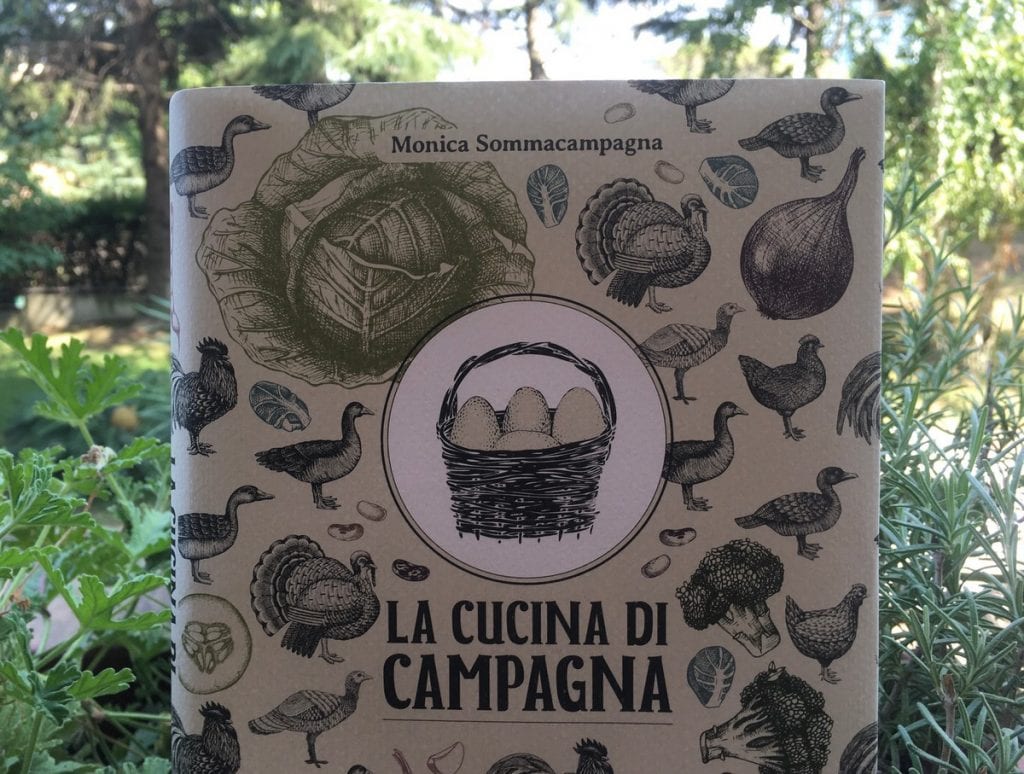
The book about country cooking
Monica Sommacampagna, journalist, sommelier, writer and gourmet from Verona in her book La cucina di Campagna (published by Gribaudo) showcases country traditions and dishes (without, however, giving in to nostalgia, "our grandparents, who loved facts, would not have liked it"). The intent is "to stimulate contemporary passion and lead readers to discover peasant recipes, born from an authentic relationship with the territory". After analysing the growth of the primary sector, "observed with interest by the new generations" and the desire of Italians to leave the city: "For women and men with their fingers glued to computer keyboards or smartphones, daily confined to offices, shopping centres or homes, the mere idea of sinking their hands into a fistful of soil often borders on mythology, evoking a hidden, unconscious regret of the 'good old days'".
Country and city cuisine
Those who cannot make such a definitive lifestyle choice are still dedicated to growing at an amateur level: according to a 2018 survey carried out by Coldiretti/IXE, 6 out of 10 Italians tend their vegetable gardens as a hobby. They are urban farmers, modern links between country and city life (and food). Distant but united in the markets "which contributed in a decisive way to the spread of rural products." Although richer in terms of ingredients, country cooking was certainly not opulent: it developed, in fact, in times of hunger, and has always been subject to the vagaries of the weather and climate change. Problems that in our ancestors stimulated imagination and creativity, as well as the rare ability to invent hearty and delicious recipes from the few ingredients available in the pantry.
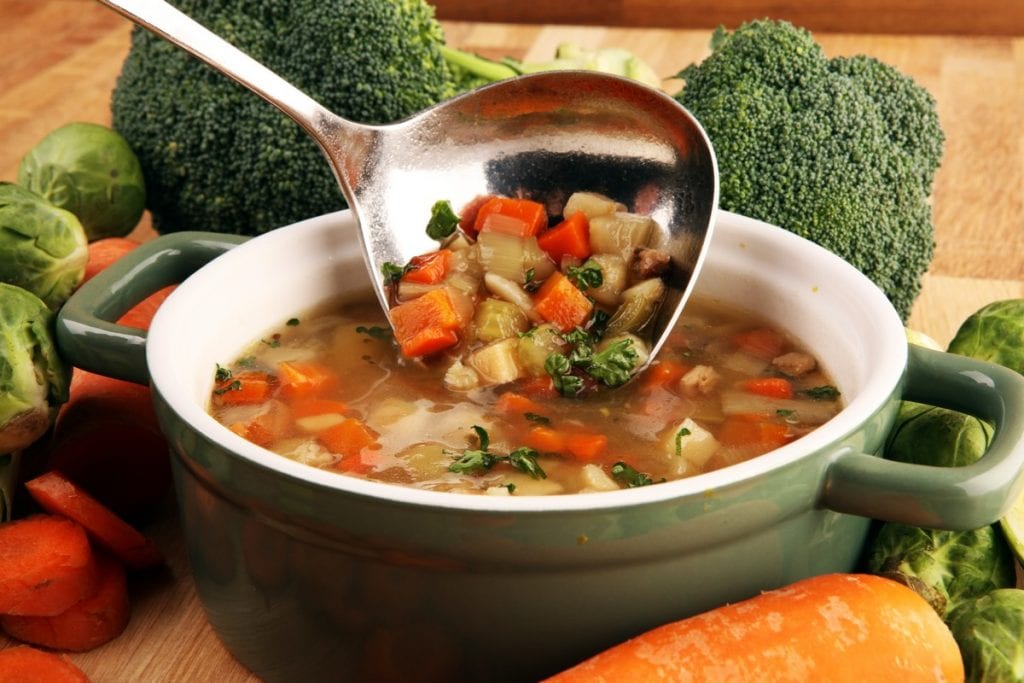
The life of rural communities
First rule: stock up. Especially in view of the lean days, when any leftover was reused. This is how some of the traditional Italian dishes were born, soups first and foremost, but also preserves, oil packed foods and jams, to preserve the seasonal products for as long as possible. Farmers' lives were not so simple, as the author explains in the chapter “Journey in a peasant past.” Offering a hard and realistic snapshot of rural realities was Ermanno Olmi’s 1978 film “L’albero degli Zoccoli,” filmed in the countryside outside Bergamo and Lombardy and performed by the farmers themselves. They did not work for passion, as people tend to think today, but rather for survival, “with the hope of putting something on the table”, under the stern gaze of nature “now generous, now tyrant. ”
The farmers’ museums
To learn more about the history of farming culture, there are also the Italian farmers' museums, such as the one in Bonferraro, housed in a 17th century courtyard where a kitchen with traditional dishes and furnishings has been reconstructed. There’s also one in Grancona, with a collection of objects and equipment of the past. Difficulties were abundant and it’s necessary to remember this, but today we can move away from the “grim vision” of that time, preserving instead “the affectionate memory of some dishes.” Sommacampagna invites readers to bring the countryside to the heart of our lives, “reactivating the memory of generosity, the spirit of solidarity, and the values of the past that are still relevant.” Not to forget, “but to draw from the extraordinary tenacity of our forefathers the original “recipe” to nourish our daily lives.”
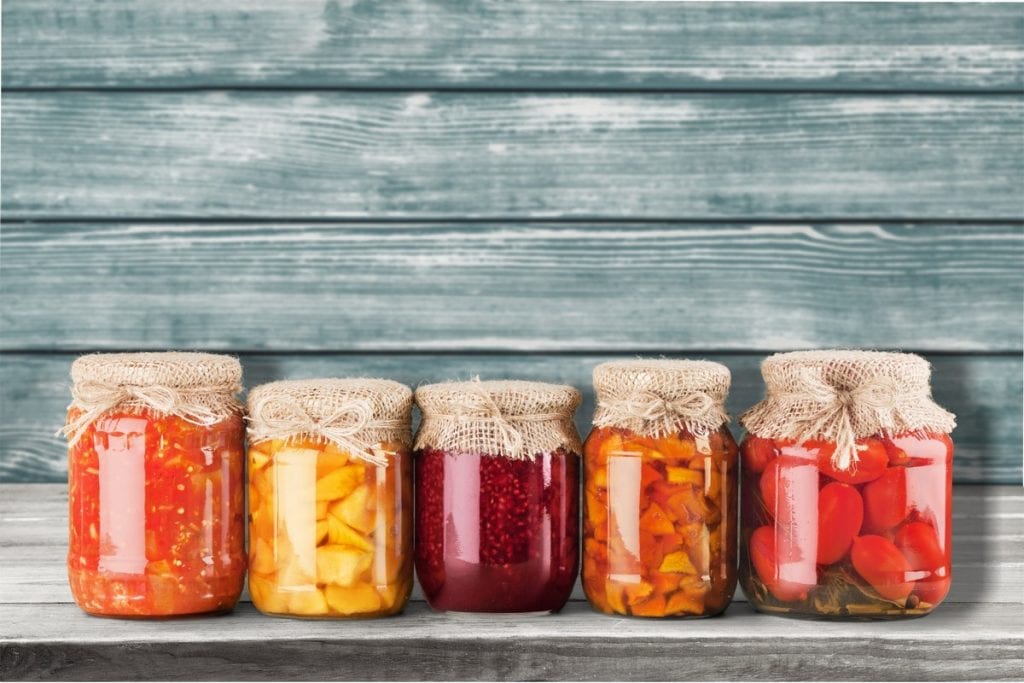
The ingredients of country cooking
Before providing delicious recipes (in the book these are divided into sections for breakfast, lunch, dinner, snack, pantry and baked goods), it’s important to review the resources of peasant cuisine. The condiments: lard or pork rinds were often used, as well as olive oil, a precious food that was always present among peasant families. The king of the table was bread, "father of a myriad preparations", especially the dry version, which was soaked and reused for different preparations. The dishes, however, were also served with polenta, which “multiplied the flavours and gave the illusion that with very little you could eat a lot,” especially if added with milk, onions and cheese. Of paramount importance are beans, nicknamed the “meat of the poor,” and then eggs, which were used to prepare pastas or frittatas that is an ideal recipe to restore consistency to leftovers. Of the pig, as we know, farmers use every part: with the few remains one can make a broth in which to cook the pasta or dip stale bread. Less mentioned but just as important is also murky water fish such as pike, as well as frogs and snails. The desserts, finally, were reserved for special occasions and religious festivities, and were mostly rustic preparations made with few ingredients.
The farmers' recipes
Castagnaccio
Peasant dessert with many variants throughout Italy, of ancient origins (it seems to have been born in Lucca and dates back to the middle of the 16th century) and widespread in the rural areas of the Tuscan-Emilian Apennines. Its season is autumn, which celebrates the chestnut harvest with countless festivals and village fairs. Pairing it with new wine, passito or Vin Santo is a must.
Ingredients
400 g. chestnut flour
50 g. sugar
50 g. raisins
50 g. pine nuts
1 sprig of rosemary
Extra virgin olive oil
Salt
Mix the flour with 4 tablespoons of oil, the sugar and a pinch of salt in a bowl; add 9 dl of cold water a little at a time, stirring constantly to obtain a smooth dough without lumps. Grease the bottom and sides of a shallow, square or round mould, 24 centimeters in diameter or side with some olive oil. Pour in the mixture in an even layer, level it and sprinkle with raisins, previously soaked in warm water and squeezed, pine nuts and chopped rosemary. Cook the castagnaccio in the oven at 200°C for about 50 minutes, then take it out of the oven, let it cool and serve it directly from the mould.
Beans, cabbage and yellow flour soup
Ingredients
1 onion
1 celery stalk
1 carrot
1 ripe tomato
200 g. black cabbage leaves
300 g. fresh borlotti beans
1.5 l. vegetable stock
150 g. corn flour
Extra-virgin olive oil
Salt
Pepper
Chop together the onion, celery and carrot. Roughly chop the tomato and slice the cabbage. In a saucepan fry the chopped onion, celery and carrot with a few tablespoons of oil, when translucent add the tomato, beans and cabbage. Wet with the broth and let it cook for 30 minutes from the boil. Season with salt and pepper, then pour in the cornflour, stirring continuously with a wooden spoon to prevent lumps from forming. Cook the preparation for another 45 minutes, stirring often; finally, season with salt and pepper. Distribute the soup on plates, drizzle with a little olive oil and serve.
Risotto with nettles
Harvested in spring, in some cases even in summer, naturally with special precautions to avoid their notorious stinging action. In cooking, only the florets are used, which must be washed thoroughly and softened by blanching in boiling water for a few minutes. Rich in minerals such as phosphorus, magnesium, potassium and silicon, vitamins A, C and K and folic acid, stinging nettles are invigorating, purifying, restorative and anti-inflammatory. Try them also in omelettes and soups, as well as to prepare purifying herbal teas.
Ingredients
400 g. rice
3 handfuls of nettle sprouts
50 g. pancetta in a single slice
1 onion
1 sprig of parsley
1.5 l. vegetable stock
Grated Grana Padano cheese
Extra-virgin olive oil
Salt
Pepper
Chop the pancetta and add it to the onion and parsley and sauté in a saucepan with a little oil. Wash the nettle buds protecting your hands with latex gloves, chop them and add them to the saucepan. Simmer to season, then cover with a little broth and simmer for additional 15 minutes. Pour the rice and cook it, stirring frequently and adding more boiling broth if necessary. Off the stove, season with salt and pepper and add the grated cheese.
Croccante - Nut brittle
Ingredients
1 kg. almonds
1 kg. sugar
Seed oil
Clean the almonds and roast them in the oven until golden, then chop coarsely. In a saucepan, dissolve the sugar over low heat with half a glass of water; fold in the chopped almonds and mix. When all mixed, pour the mixture over a marble surface or on an oiled metal slab and give it the shape to your liking. Let it cool, cut into pieces and serve. Before cooling, you can decorate it with candy.
Potato pizza
Ingredients
500 g. potatoes
80 g. flour
1 egg
Extra virgin olive oil
Salt

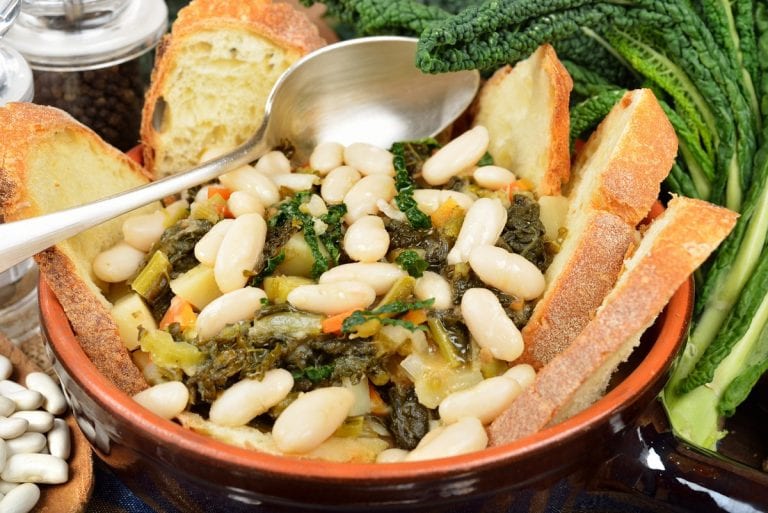
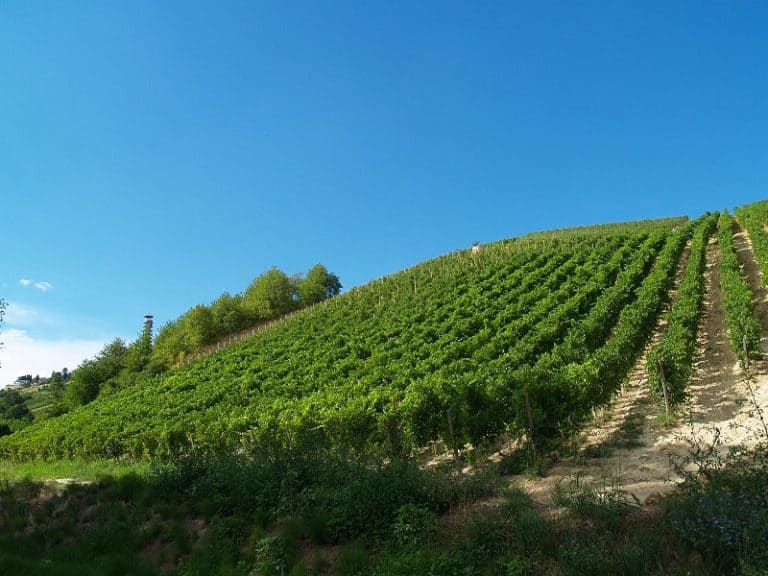 Andrea Picchioni's deeply agricultural Buttafuoco in Oltrepò Pavese: tasting 8 Vintages
Andrea Picchioni's deeply agricultural Buttafuoco in Oltrepò Pavese: tasting 8 Vintages "How to open a restaurant in Copenhagen": the story of Lucia De Luca and Valerio Serino
"How to open a restaurant in Copenhagen": the story of Lucia De Luca and Valerio Serino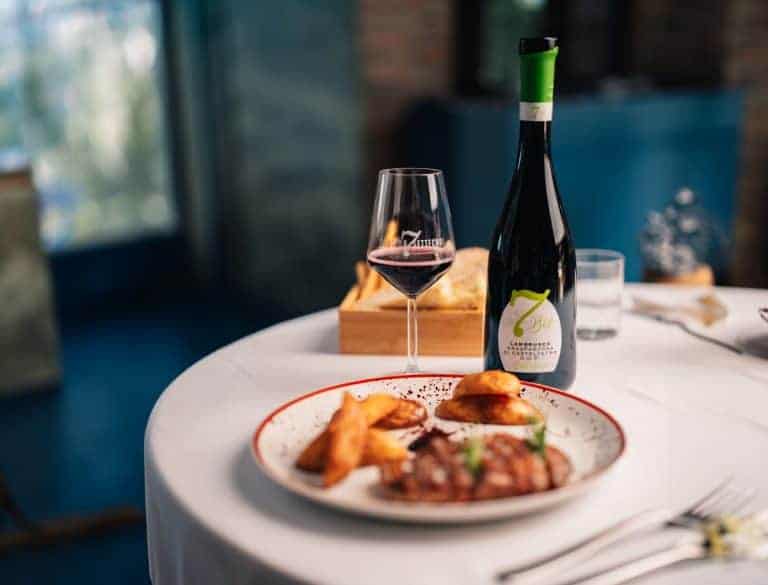 The best value for money wine according to Gambero Rosso
The best value for money wine according to Gambero Rosso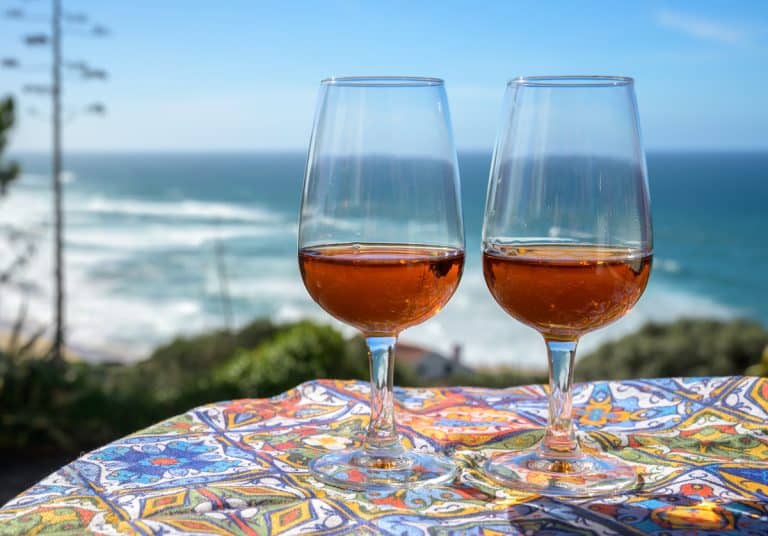 The irresistible charm of oxidative wines: the diaries of a Master of Wine
The irresistible charm of oxidative wines: the diaries of a Master of Wine "A Puglian cuisine without orecchiette or traditional dishes": Somma in Singapore explores the fine dining of the future
"A Puglian cuisine without orecchiette or traditional dishes": Somma in Singapore explores the fine dining of the future